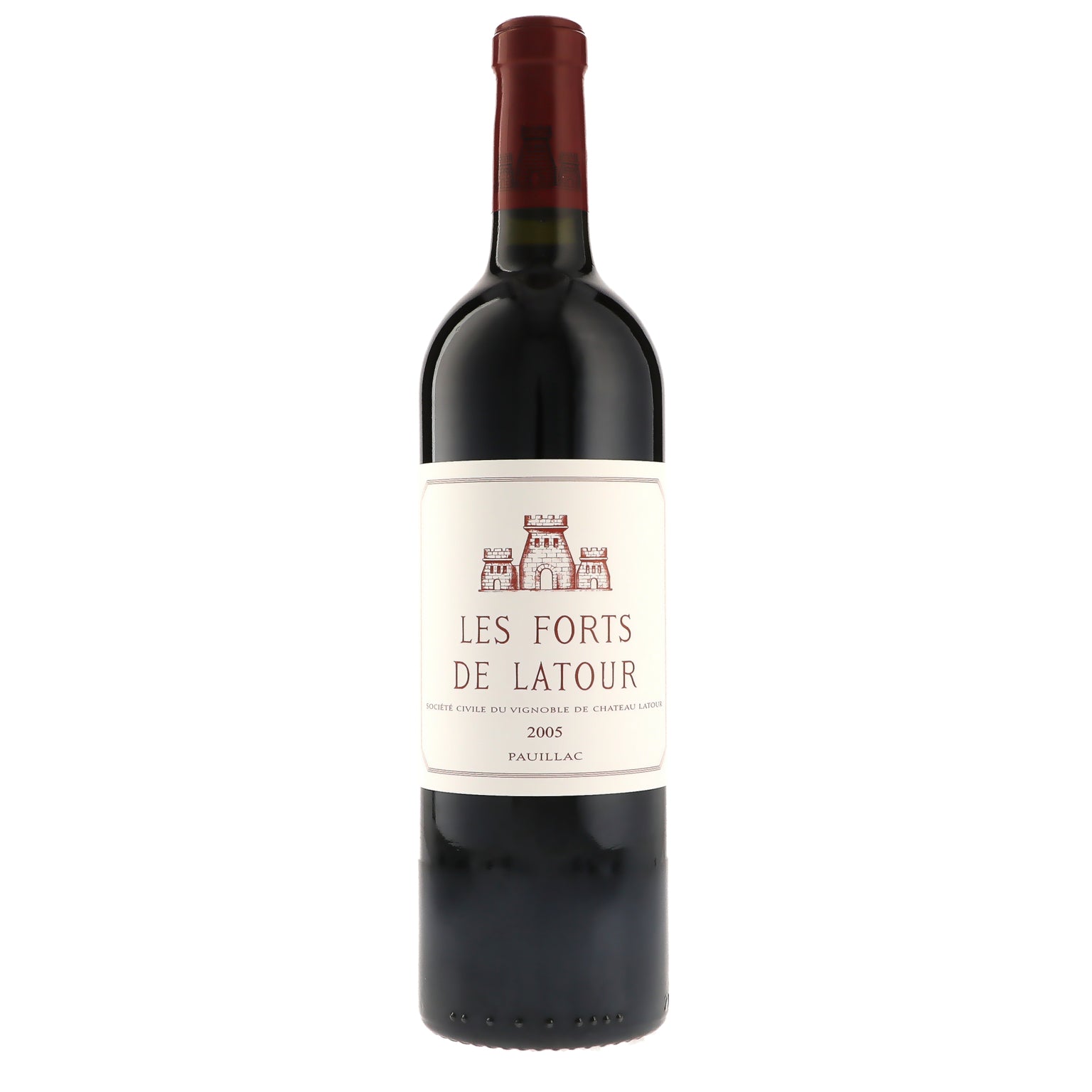Chateau Latour
Add to Favorites
Please Log In
Log in or sign up to add this producer to favorites.
10 products
Perhaps the apex of Left Bank Bordeaux, Latour is the longest-lived and most balanced of the First Growths. Predominantly Cabernet- and Merlot-based, there is a splash of Cabernet Franc and Petit Verdot which, though minuscule provide a signature to the scent and makeup of the Grand Vin. Latour also represents the maker of perhaps the finest "Second" wine in its "Forts de Latour".
One of the original First Growths in the 1855 classification, Chateau Latour has retained, if not built on to, the glory that elevated its stature above all but three others nearly two centuries ago. Located about 300m from the Gironde estuary, the microclimate has a direct impact on the wines, in that te river provides moderating influence, and helps to prevent not only from frost, but with an earlier ripening due to the consistency of climate, the wines are hardly ever subject to any sort of mildew or other malady. These days, it is mostly farmed biodynamically, and treated as one large ecosystem to itself.
Latour is renowned for their selection process, declassifying any fruit not deemed perfect enough for the Grand Vin. This perfectionist approach has reaped benefits not only in top-scoring vintages like 1990, 2005 and so on, but to even greater success you could say in "lesser", or less ripe, vintages. In just about any year, compared to a Lafite or Mouton, Latour could even be called austere; much like a great Barolo, the juice inside each bottle seems to pack on weight with age, softening and showing its plush elegance.
I find it humorous that, in old copies of his Bordeaux tome, Parker calls Latour "One of the most concentrated, rich, tannic and full-bodied wines in the world." Granted, he does counter this two lines further, stating that it "Can be a wine of extraordinary richness, yet it is never heavy." This serves to highlight one critic's wish of a wine, rather than what it actually is. If the five first growths were Burgundy villages, and Lafite were the Vosne-Romanee, Latour would be Chambolle-Musigny, specifically Le Musigny: clear in its intent with a taut core of pinkish-red fruits, silky, ethereal and tickling your imagination with what power it could develop, if only you had the patience to wait.















